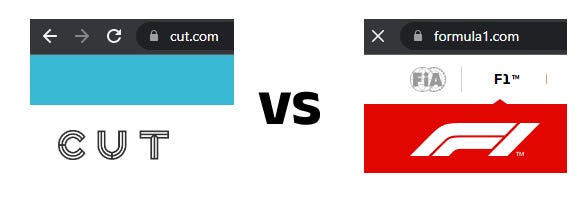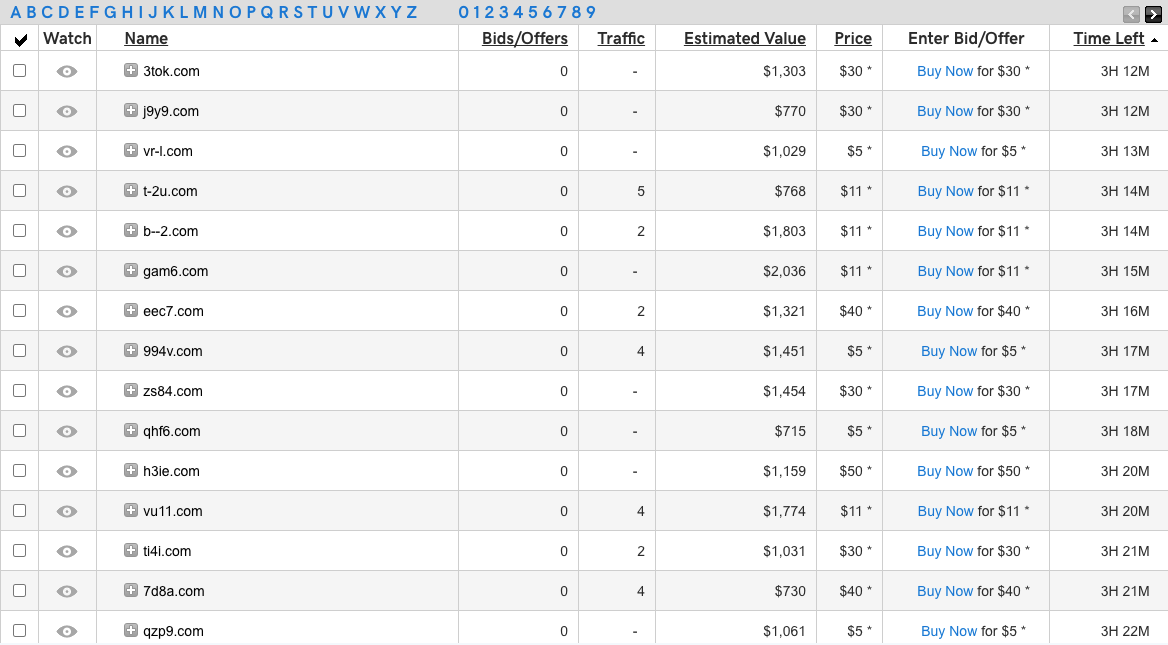ENS has suddenly become a hot asset in the last few months, so much so that Vitalik felt the need to intervene and write a blog post about how ENS DAO could stop these early grifters from making huge profits while ensuring that the ownership of these assets becomes publicly accessible, which will allow future generations to get a cut of these valuable assets.

I agree that renting is a huge issue in today’s society. Govt-issued licensing, generational land ownership, and other forms of economic renting are highly harmful to society at large. But the proposed solutions are just plain faulty in terms of guaranteeing either of these objectives. Please read Vitalik’s blog here before you read this one for better context.
ENS domains are ‘Brands’ and not ‘Lands’
People will buy ENS domains to either represent themselves or to represent organizations or groups of people. Every ENS owner (except grifters, hoarders, resellers, etc) will want to associate their name with the activities they do or the products that they build.
It takes a long time and hard work to make a brand successful. Be it personal or corporate.
Companies and People give value to names
Names do not give value to people
formula1.com is a complicated 8-digit alphanumeric domain but is highly valuable, whereas cut.com has a much lower valuation. What becomes valuable in the end is what people decide to use as their identities. Having permanency of ownership enables people to invest in identities that might become big one day.

Shorter names can be easily remembered and therefore might make for better brand names, but this is by no means a rule. If it was, the internet would be full of big companies with one, two, or 3 letter domains. I cannot remember any successful internet company which falls under this criteria apart from x.com (which also rebranded to paypal.com, a six-letter domain)
ENS DAO should not be in the business of profit maximization
I don’t mean ENS DAO should not make profits. But profit maximization should not be ENS DAO’s core activity. If it was, then ENS should pursue differential pricing for the size of letters, ease of pronunciation, cultural significance, historic and fictional references, existing brands and their derivatives, names of species, and so on.
ENS DAO’s core role (at least in my eyes) is technology developer which creates protocols and utilities around ENSs. Doing speculative pricing based on demand or any other factor is a slippery slope for a price-neutral technology developer.

Flaws of pricing models proposed by Vitalik
Both the demand-based pricing model and capped demand-based model are punishment or taxation for someone holding an ENS which is, or has become valuable. Both have slight differences and thus have different problems.
Demand-based pricing model assumes that domain holders will quote a price on which they will be happy to sell the domain and then charges a rental fee based on this price. This model assumes that everyone using the ENS brand is basically building a revenue-generating, profit-making business and the owner of the brand would be more than happy to have a sell price of the brand in the market.
Under this regime, companies like wikipedia.com will need to divert a huge chunk of their revenue to just retain the brand that they themselves have built and live under a constant threat of the domain being rug pulled from them. For companies like Nike, Adidas, and google, the name is everything. For google, losing ownership of google.com is akin to losing almost everything. If this regime was to be put in place, then google.com will be paying a penalty for building a successful brand with their own effort.
Capped demand-based pricing model is essentially the same proposal but with lesser penalties. A simple model like ‘$640 cap per year’ makes some sense, but what does it achieve?
-
Forces every popular ENS holder to do something with it which generates enough money (or ETH) for you to be able to pay back $640 every year.
-
If you are thinking of starting a brand, you need to factor the yearly and decade cost into your cost structure right away because if you are successful, this is the price you will need to eventually pay.
-
ENS DAO generates more revenue (only positive side effect)
-
If a popular domain expires after 20 years (company going bankrupt or something for ex: blockbuster.com) and it opens up to bidding, the domain will end up going to people with existing capital.
-
Does it really benefit society at large? No.
Demand is an incorrect pricing indicator for ENS
Land ownership ≠ ENS ownership
The core thesis of Vitalik’s argument is that demand for a particular ENS domain should be correlated to its price. This is incorrect.
A very centralized planning approach to ENS distribution assuming that names have inherent value in themselves
The problem arises when we equate ENS ownership to Land ownership. Land ownership, inheritance, redistribution, and taxation have always been a problem for humanity and there are no right answers to it. But ENS ownership is different.
Land becomes more valuable as the land around it more becomes valuable. Thus it can generate more revenue or rent from it. Land in Manhattan would be more valuable than in rural India. Opening a retail shop in New York or in rural India is going to determine the revenue these businesses will generate over time. Thus land in New York can generate a higher rent for its owners.
Having a 3 letter domain does not guarantee any revenue generation. For that matter, even owning a good 4-word domain like web3.eth does not guarantee any revenue generation. Putting taxation on ownership of names because land ownership is taxed is just comparing apples to oranges.
Conclusion
The current system with its flaws is much better than anything proposed by Vitalik. A small improvement could be a system that disallows an upfront payment for multiple years, and instead requires the same $5 fee per year every year. In this way, people cannot hoard domains for years in advance and domains can expire if the owner does not want them anymore while having the option to retain them at a minimal cost. This ensures that dormant domains come to market much faster.
I understand the concern put forth by Vitalik. A kid named ‘Nakul Kelkar’ who will be born in 2050 will have to be content with using something like nakulkelkar3213.eth instead of the neat ‘nakulkelkar.eth’ that I own. This is also a problem I see currently with gmail addresses as well. People born post-2005 have to get really creative in making a memorable, non-random-looking email. Parents also consider booking the email in advance before naming their kids. But putting a penalty for ‘owning a domain without intent to use’ does not solve it.
Disclaimer — I own about a dozen ENSs. Some for my identity, some for squatting, some just for fun.